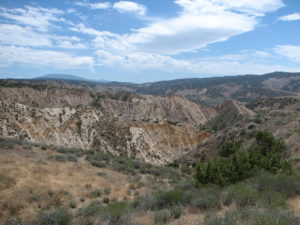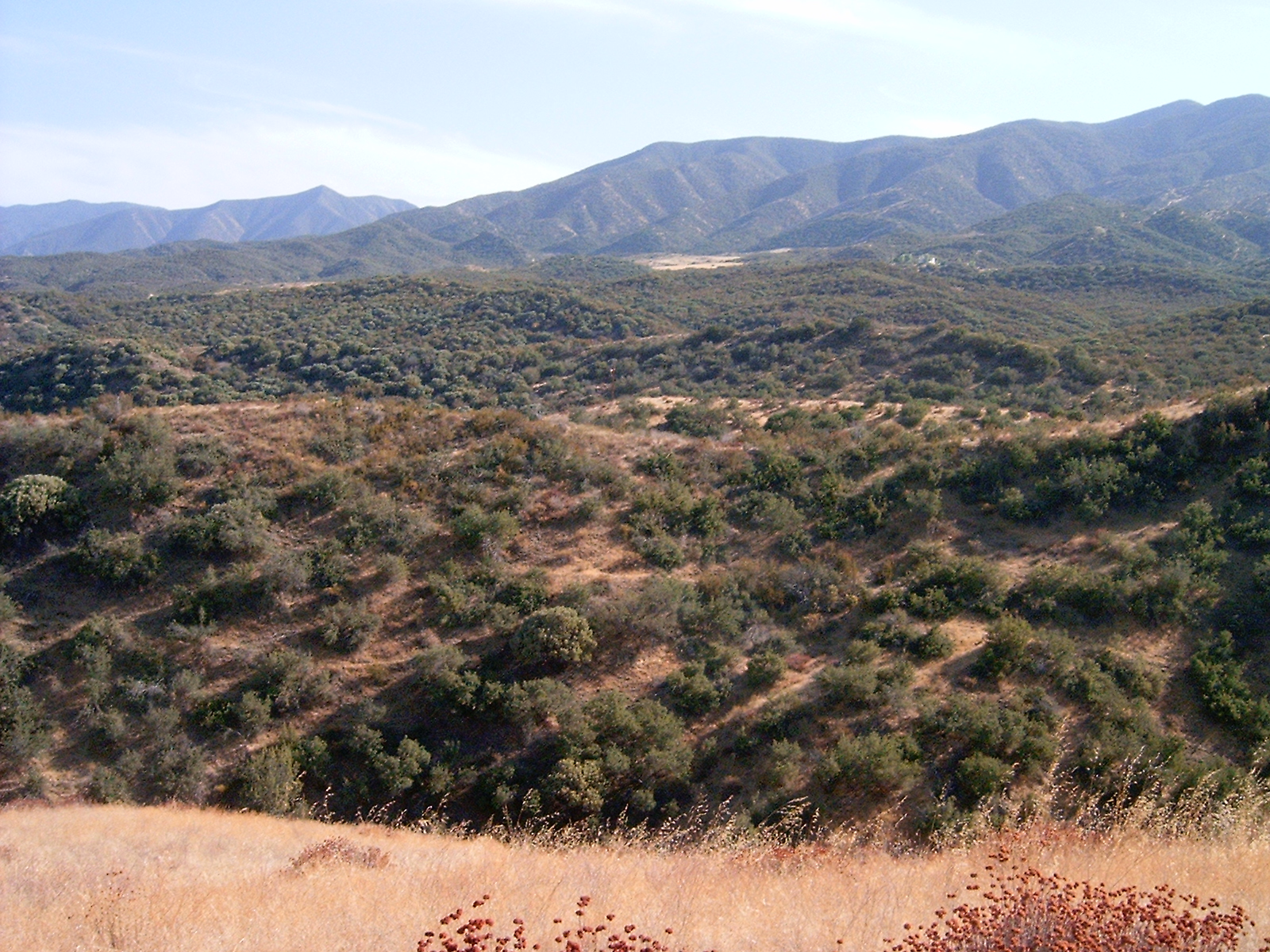
One of the many areas that could be potentially fracked near the Los Padres National Forest.
Act Now: Speak out against fracking on public lands in California today!
Bakersfield, Calif. – The Trump Administration today launched a 30-day public comment period on the environmental and public health impacts of hydraulic fracking in central California. The move is the first step in a process that will decide whether to allow the controversial oil extraction technique across 1.6 million acres of federal public land and mineral rights in Santa Barbara, Ventura, San Luis Obispo, Kern, and neighboring counties.
Today’s announcement – published in the Federal Register – was prompted by a 2015 lawsuit filed by Los Padres ForestWatch and the Center for Biological Diversity, represented by Earthjustice. The lawsuit alleged that the Bureau of Land Management (“BLM”) failed to consider the impacts of fracking as part of the BLM’s update of its Resource Management Plan for federal lands within the jurisdiction of the agency’s Bakersfield Field Office.
The groups prevailed in 2016 when a judge concluded that BLM failed to adequately analyze the impacts of fracking across vast swaths of public land in the region. The U.S. District Court for the Central District of California, based in Los Angeles, ordered the agency to evaluate those impacts in a supplemental Environmental Impact Statement. In a settlement agreement with ForestWatch and the Center, the BLM agreed to not issue any new leases for oil drilling in the region until the supplemental report is complete.
The 30-day comment period begins that process. At the conclusion of the analysis, the BLM may consider amending its management plan to impose additional restrictions on fracking that would apply on some or all of the 1.6 million acres of land currently open for new oil leasing.
The analysis covers 400,000 acres of federal land and an additional 1.2 million acres of federal mineral estate, including thousands of acres adjacent to the Los Padres National Forest, Carrizo Plain National Monument, Hopper Mountain and Bitter Creek National Wildlife Refuges, and the Wind Wolves Preserve (see the interactive map below or click here for a fullscreen interactive map). Many of these parcels were auctioned by BLM in 2006 for $2.00 per acre. The agency cancelled those bids after ForestWatch and rural landowners banded together and filed formal objections seeking to have the parcels removed from the auction block.
“Central California residents are concerned about the impacts of drilling and fracking near our region’s most treasured forests, wildlife refuges, national monuments, and nature preserves,” said Jeff Kuyper, ForestWatch executive director. “We need to tell the Trump Administration loud and clear that we’re not willing to pollute and industrialize these iconic landscapes.”
Hydraulic fracturing – commonly known as “fracking” – is a process whereby water, sand, and thousands of gallons of chemical additives are injected underground to break apart rock formations and stimulate the extraction of oil and gas. The technique has come under increasing scrutiny from scientists, regulators, and the public due to concerns with groundwater contamination, surface water pollution, water consumption, and public health. Hundreds of fracking chemicals are known to be toxic to humans and wildlife, and several are known to cause cancer, according to several peer-reviewed studies by scientists and state regulators. A 2015 report from the California Council on Science and Technology highlighted these risks.
The supplemental EIS process will likely follow new guidance issued by the Trump Administration that curtails environmental review and significantly reduces the amount of transparency in the agency’s analysis. On April 27, 2018, Deputy Interior Secretary Daniel Bernhart issued a memorandum directing the BLM to complete environmental documents within one year, and to place page limits on the length of the environmental documents.
The BLM’s comment deadline closes on September 7, 2018. To submit comments, visit LPFW.org/fracking. You can also send your comments directly to the BLM.








Comments are closed.